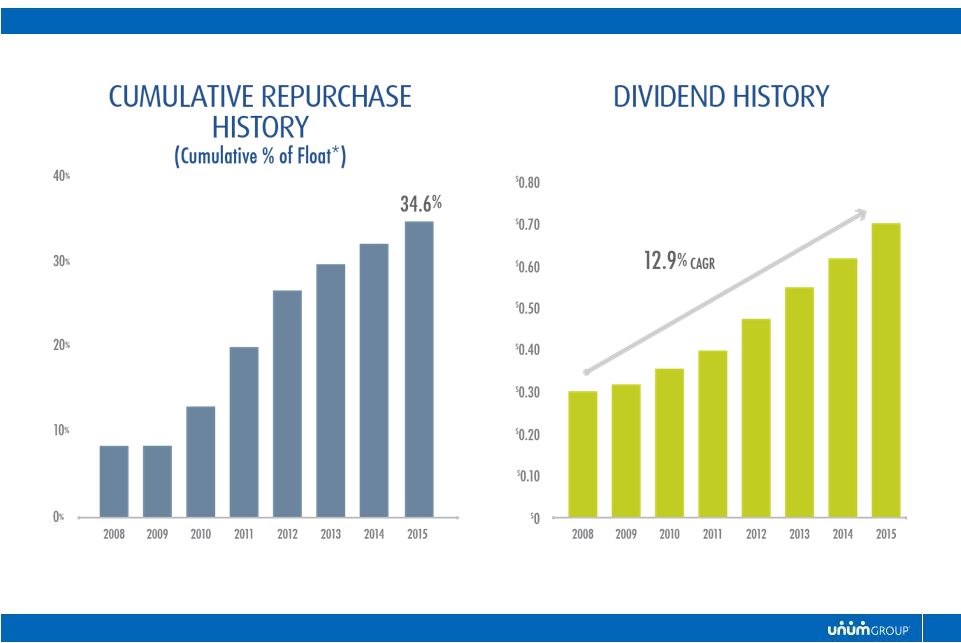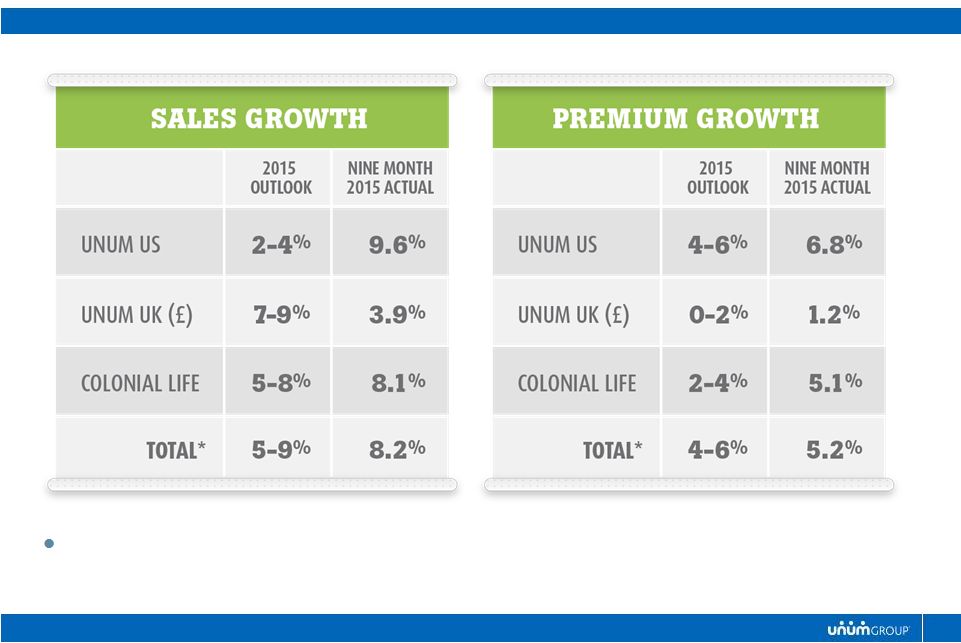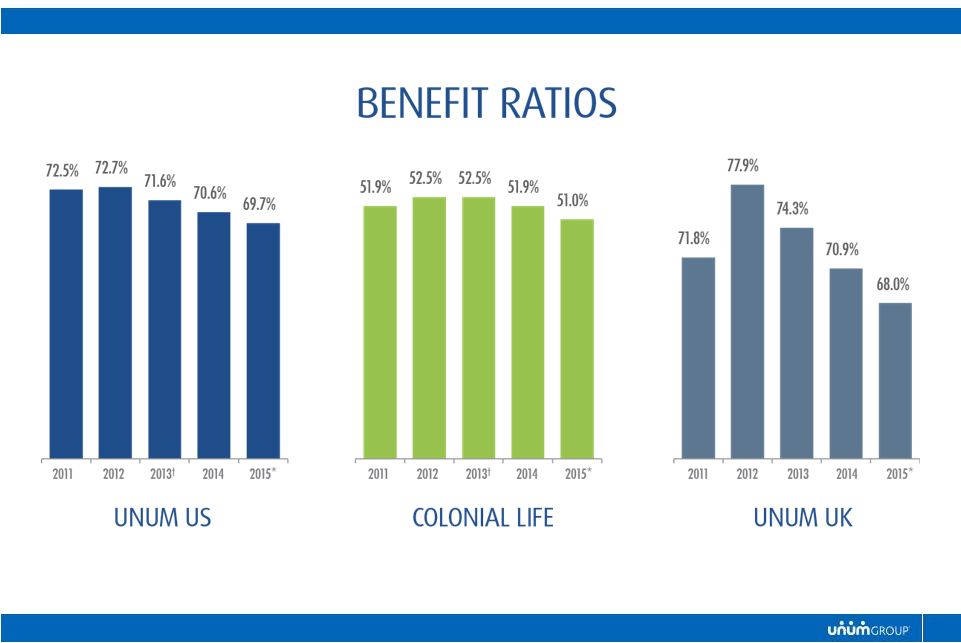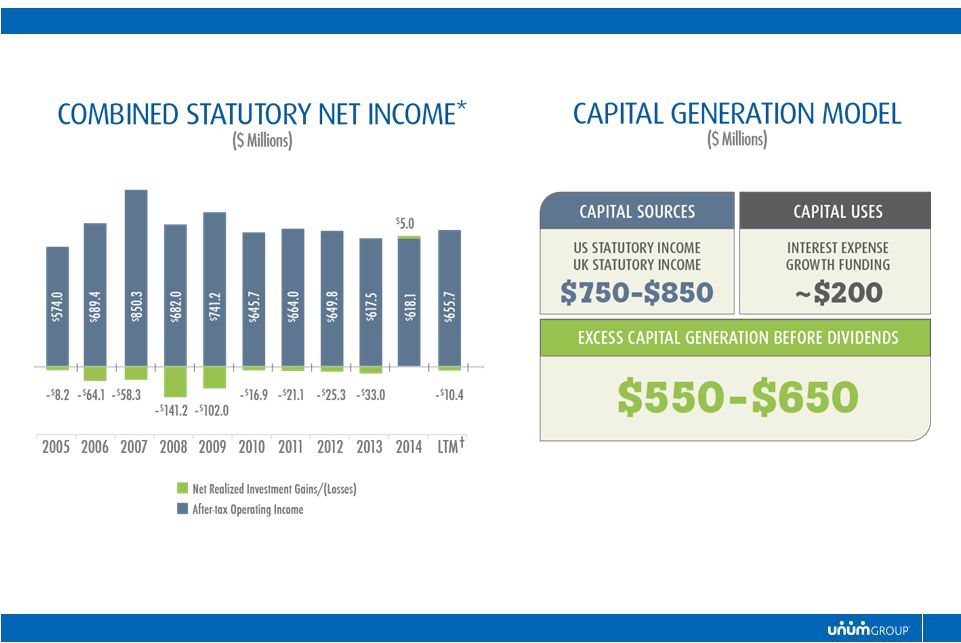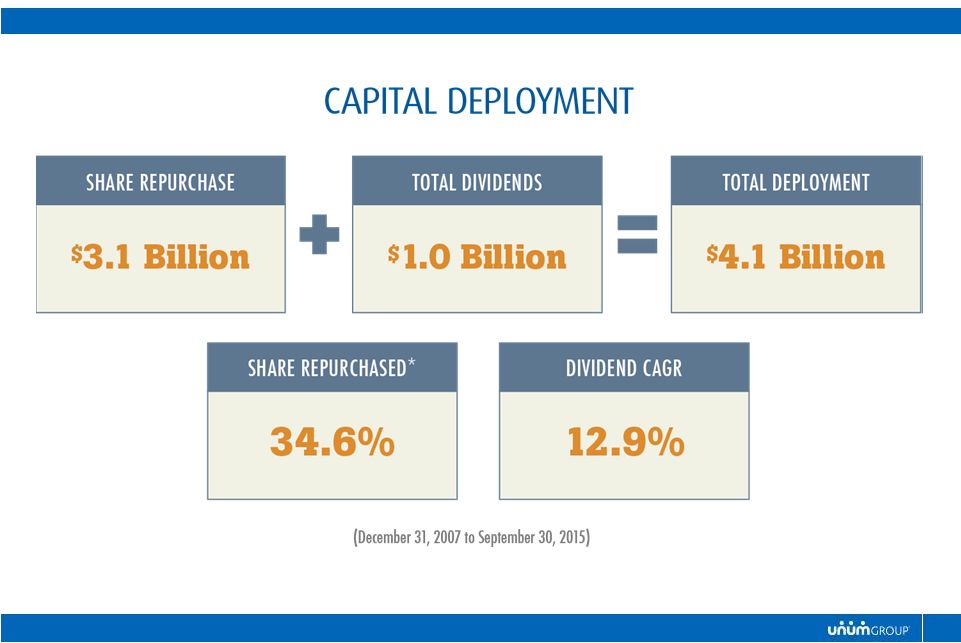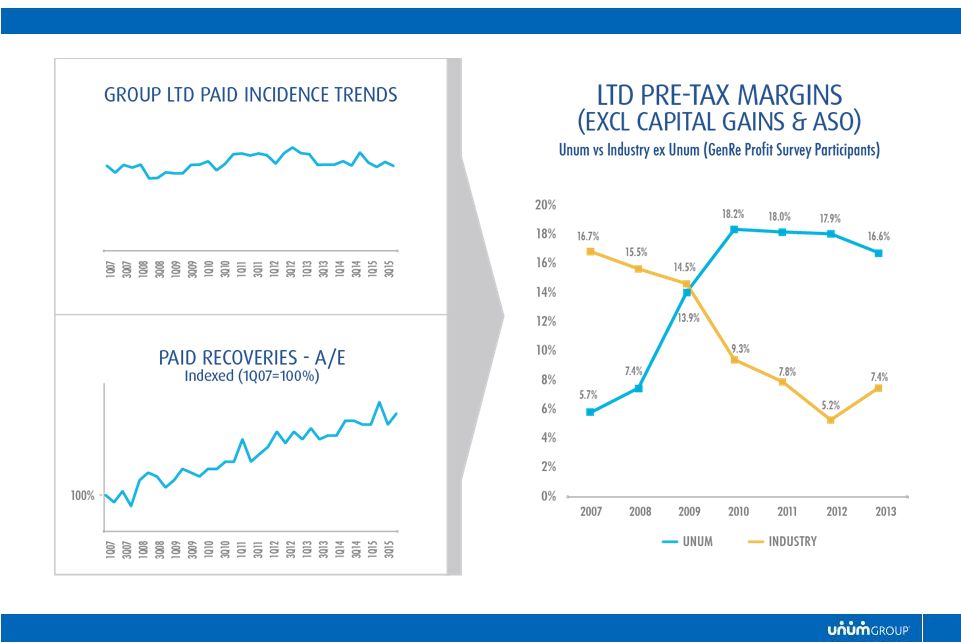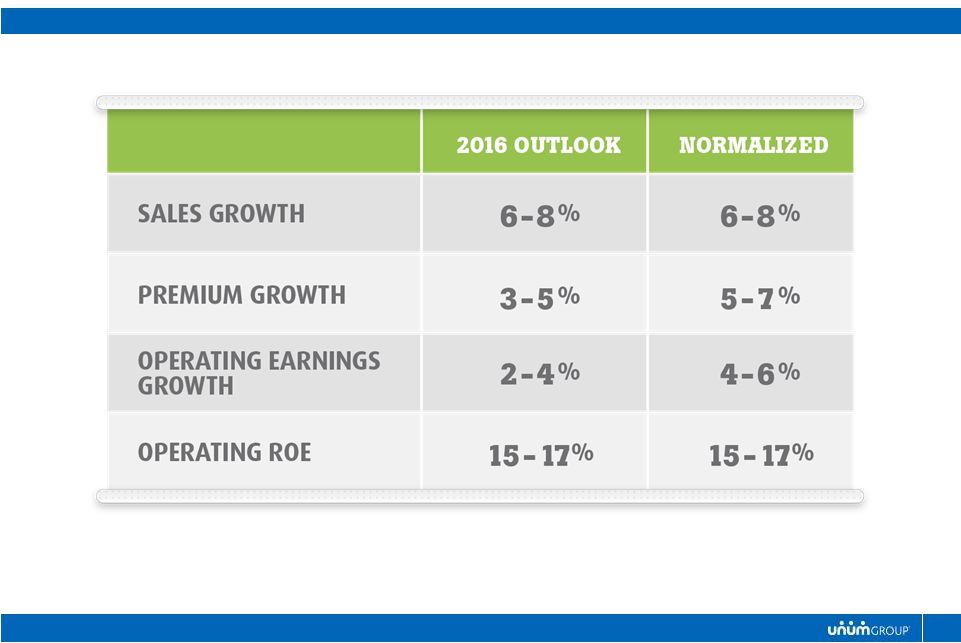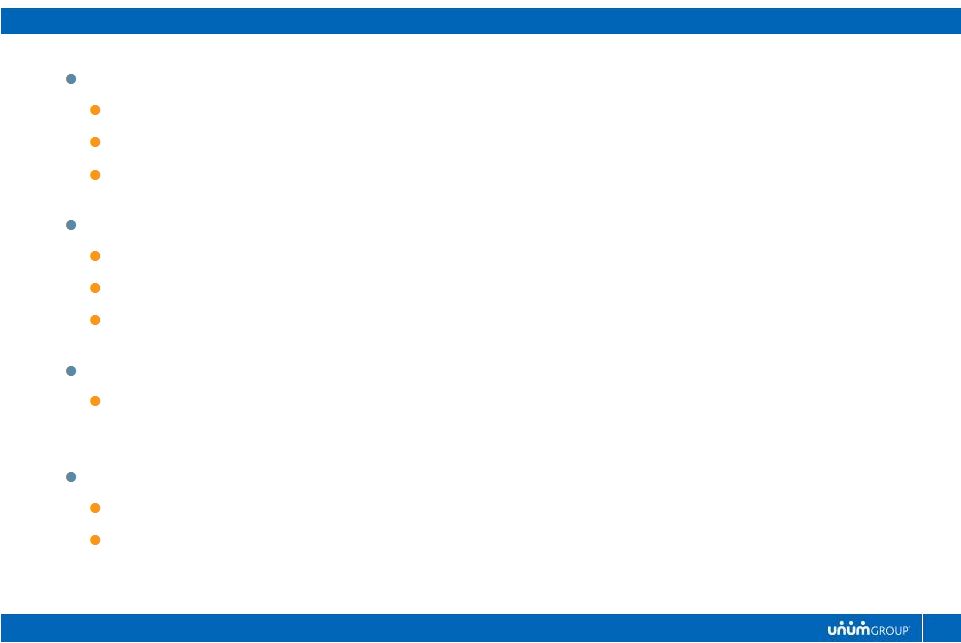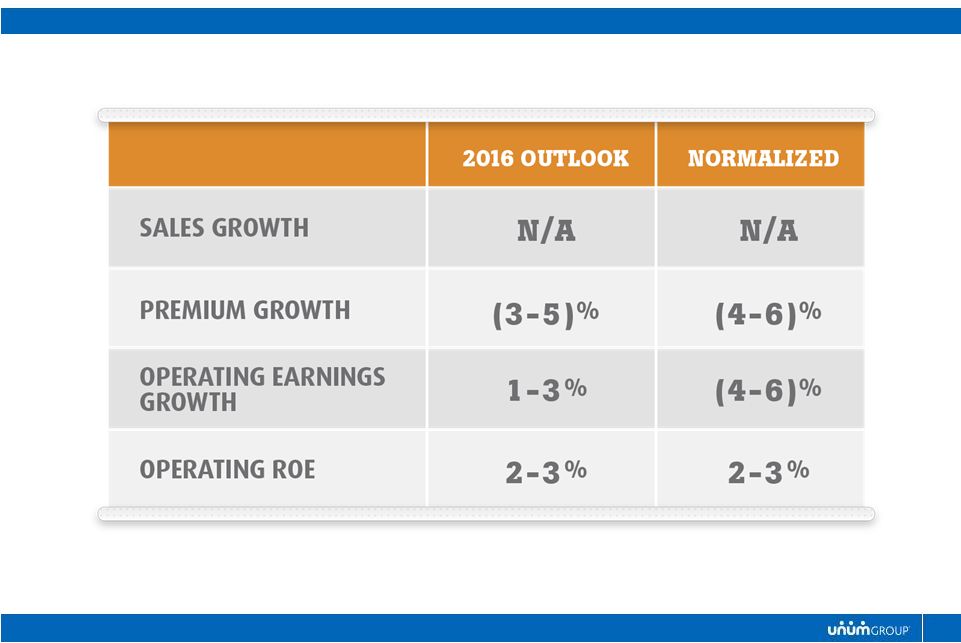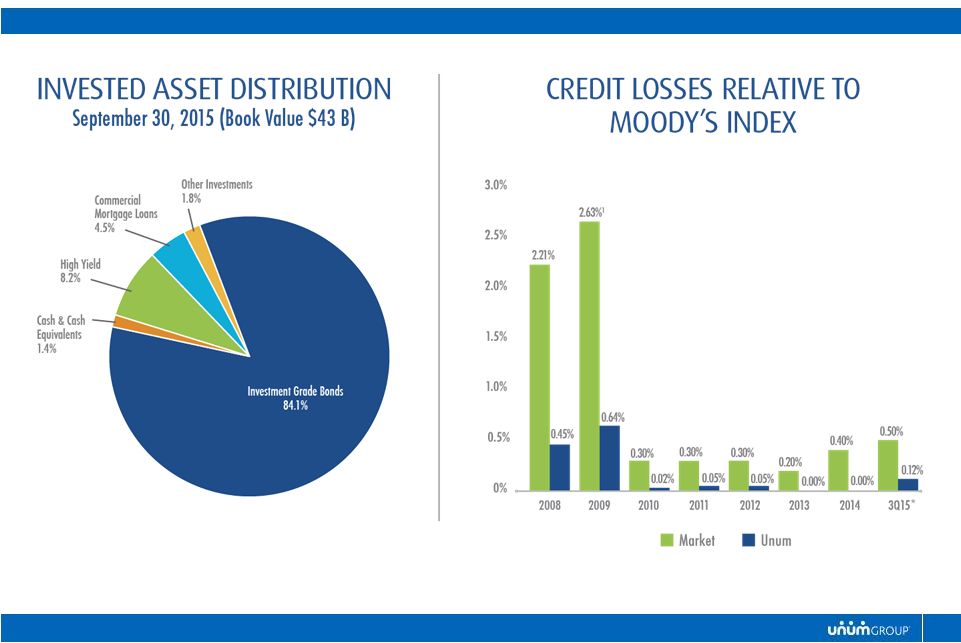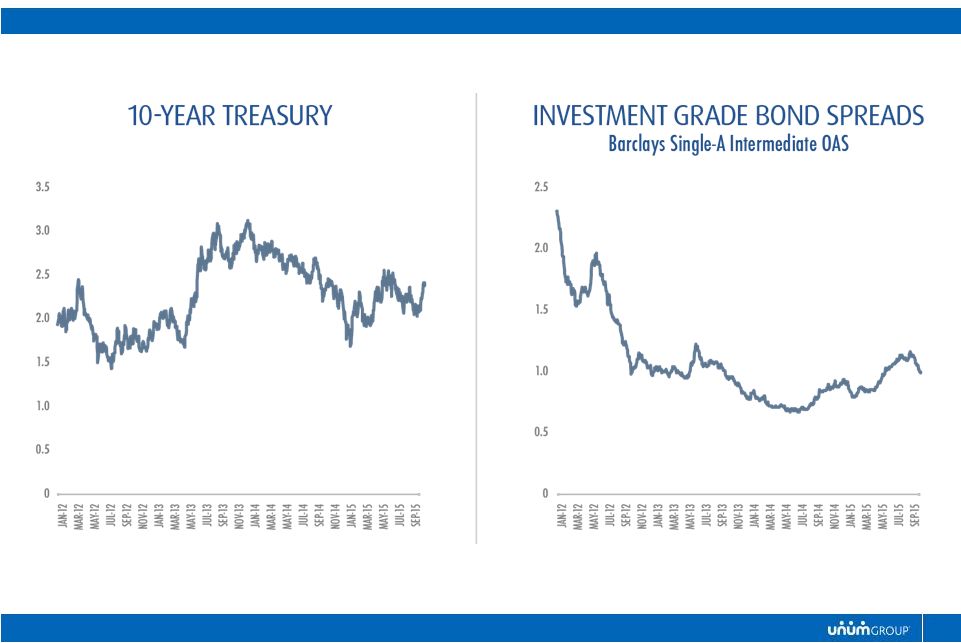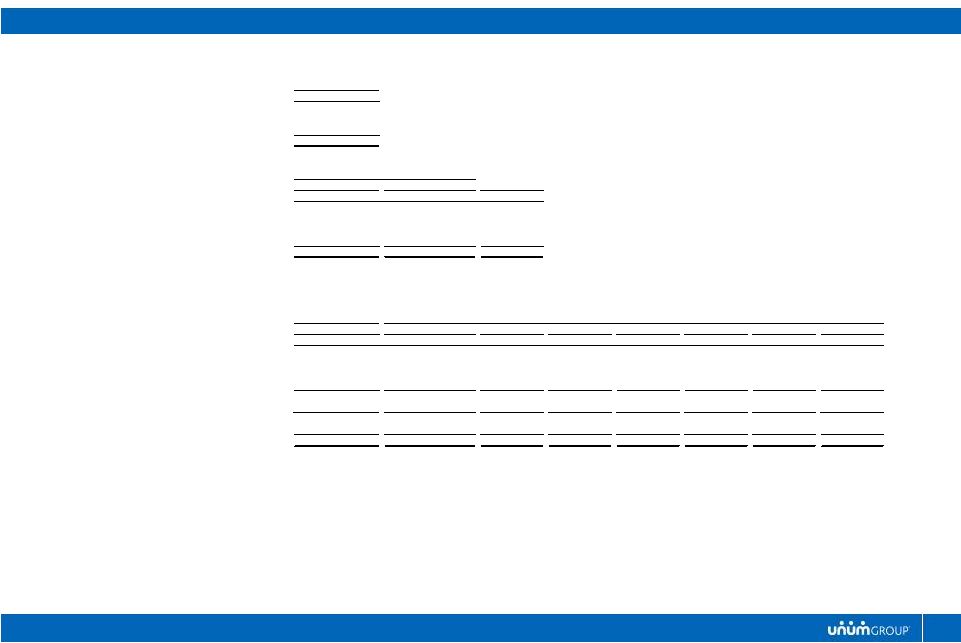2 Safe Harbor Statement and Non-GAAP Financial Measures Certain information in this presentation constitutes "forward-looking statements" within the meaning of the Private Securities Litigation Reform Act of 1995. Forward-looking statements are those not based on historical information, but rather relate to our outlook, future operations, strategies, financial results, or other developments and speak only as of the date made. These forward- looking statements, including statements about our 2016 outlook for sales, premium income, operating earnings, and operating return on equity, under current market conditions and in a more normalized interest rate environment, as well as about weighted average risk-based capital ratios, holding company cash and marketable securities and share repurchases are subject to numerous assumptions, risks, and uncertainties, many of which are beyond our control. The following factors, in addition to other factors mentioned from time to time, may cause actual results to differ materially from those contemplated by the forward-looking statements: (1) sustained periods of low interest rates; (2) fluctuation in insurance reserve liabilities and claim payments due to changes in claim incidence, recovery rates, mortality and morbidity rates, and policy benefit offsets due to, among other factors, the rate of unemployment and consumer confidence, the emergence of new diseases, epidemics, or pandemics, new trends and developments in medical treatments, the effectiveness of our claims operational processes, and changes in government programs; (3) unfavorable economic or business conditions, both domestic and foreign; (4) legislative, regulatory, or tax changes, both domestic and foreign, including the effect of potential legislation and increased regulation in the current political environment; (5) investment results, including, but not limited to, changes in interest rates, defaults, changes in credit spreads, impairments, and the lack of appropriate investments in the market which can be acquired to match our liabilities; (6) the failure of cyber or other information security systems, as well as the occurrence of events unanticipated in our disaster recovery systems; (7) increased competition from other insurers and financial services companies due to industry consolidation, new entrants to our markets, or other factors; (8) changes in our financial strength and credit ratings; (9) damage to our reputation due to, among other factors, regulatory investigations, legal proceedings, external events, and/or inadequate or failed internal controls and procedures; (10) actual experience that deviates from our assumptions used in pricing, underwriting, and reserving; (11) actual persistency and/or sales growth that is higher or lower than projected; (12) changes in demand for our products due to, among other factors, changes in societal attitudes, the rate of unemployment, consumer confidence, and/or legislative and regulatory changes, including healthcare reform; (13) effectiveness of our risk management program; (14) contingencies and the level and results of litigation; (15) availability of reinsurance in the market and the ability of our reinsurers to meet their obligations to us; (16) ineffectiveness of our derivatives hedging programs due to changes in the economic environment, counterparty risk, ratings downgrades, capital market volatility, changes in interest rates, and/or regulation; (17) changes in accounting standards, practices, or policies; (18) fluctuation in foreign currency exchange rates; (19) ability to generate sufficient internal liquidity and/or obtain external financing; (20) recoverability and/or realization of the carrying value of our intangible assets, long-lived assets, and deferred tax assets; and (21) terrorism, both within the U.S. and abroad, ongoing military actions, and heightened security measures in response to these types of threats. For further discussion of risks and uncertainties which could cause actual results to differ from those contained in the forward-looking statements, see Part I, Item 1A of our Annual Report on Form 10-K for the year ended December 31, 2014, and, to the extent applicable, subsequently filed Quarterly Reports on Form 10-Q. The forward-looking statements in this presentation are being made as of the date of this presentation, and Unum Group (“Unum”, or the “Company”) expressly disclaims any obligation to update or revise any forward-looking statement contained herein, even if made available on our website or otherwise. In analyzing performance, Unum sometimes uses non-GAAP financial measures that differ from what is reported under GAAP. This presentation contains non-GAAP financial measures, including before and after-tax operating earnings, after-tax operating earnings per share, operating return on equity, book value per share (excluding accumulated other comprehensive income, or AOCI), and operating revenues. Refer to the Appendix for a reconciliation of the non-GAAP financial measures used in this presentation to the most directly comparable GAAP measures. | 










